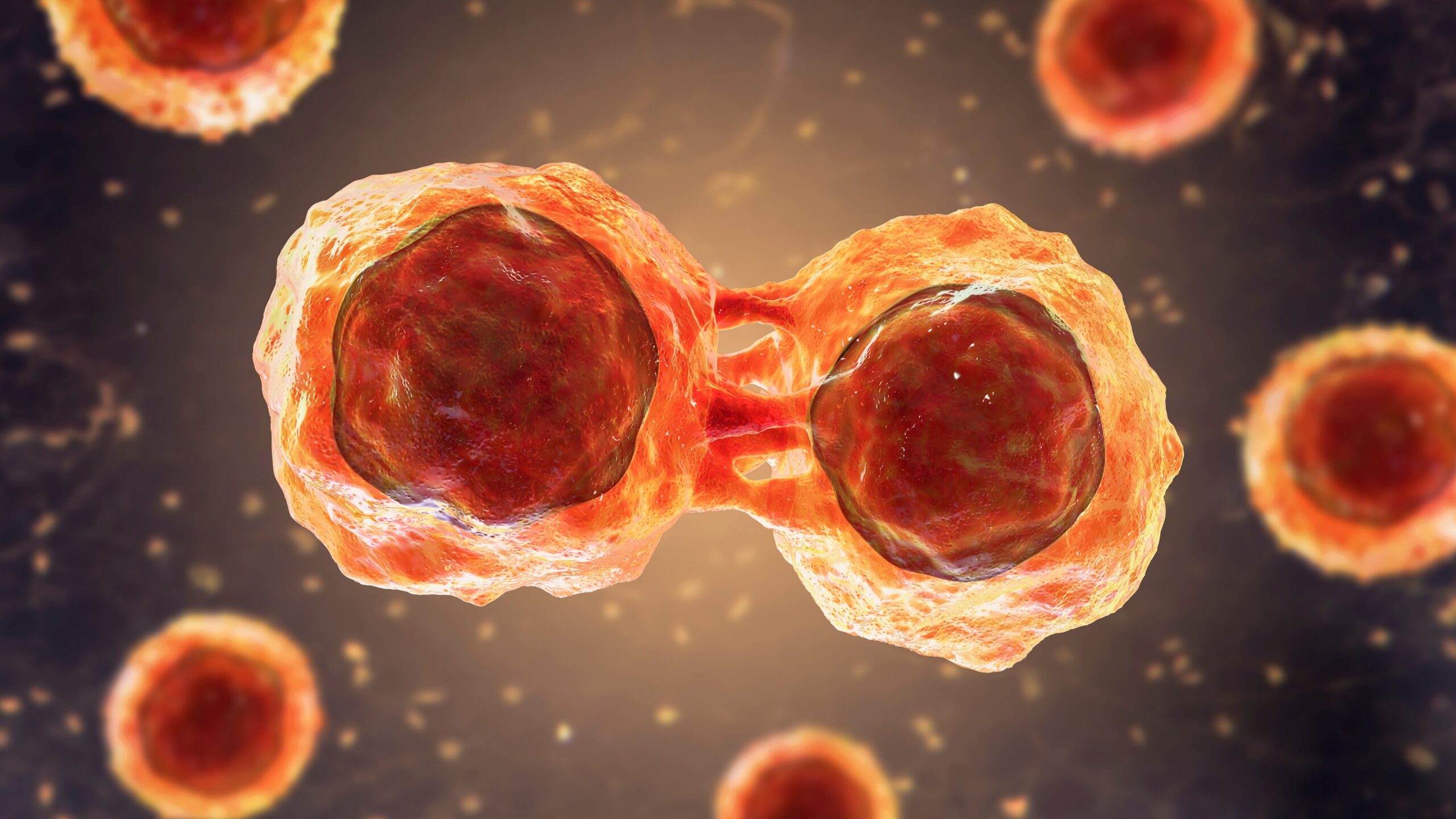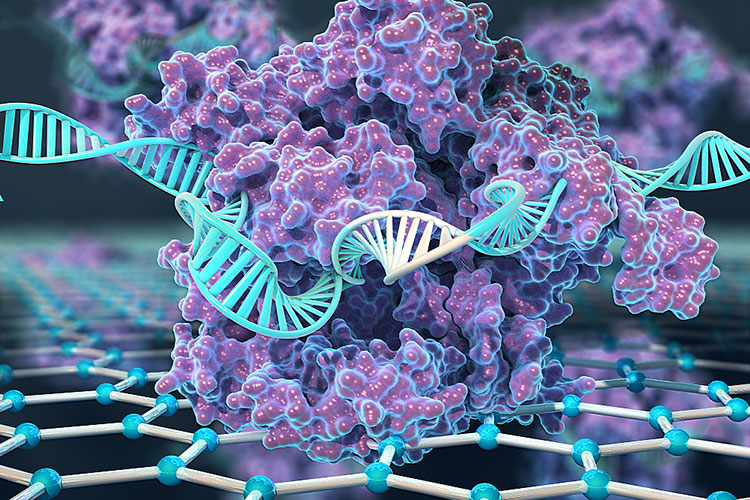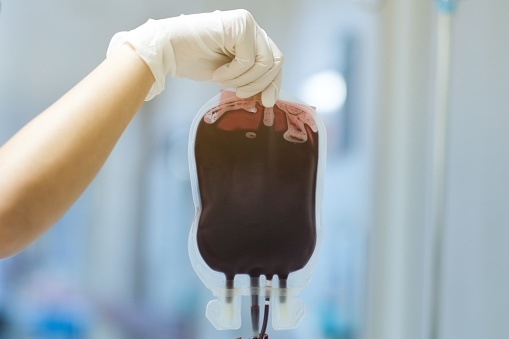
A study has analyzed real-world genomic testing and administrative claims data from patients with myelodysplastic syndromes (MDS). It assessed patients’ survival by presence of targetable mutations and receipt of targeted versus nontargeted therapies. The study was presented at the 66th American Society of Hematology Annual Meeting & Exposition in San Diego, California.
The researchers who conducted the study wrote that their findings “suggest a potential benefit of targeted therapies in reducing mortality risk among MDS patients with specific mutations.” However, they noted that to produce statistically significant results for certain mutations they investigated, larger studies would be necessary.
The study cohort included 3,617 patients with MDS who had at least six months of prediagnosis claims history and positive test results for IDH1, IDH2, SF3B1, or TP53 mutations. Patients had a median age of 75 years; 58% were male, and 40.5% had a medium to severe baseline Elixhauser Comorbidity Index score. Targeted therapy was recorded for patients if their claims data included claims for cedaxuridine, enasidenib, ivosidenib, or luspatercept.
A multivariate Cox proportional hazard model determined from these combined data that among patients receiving targeted therapy, the risk of mortality decreased over time. A hazard model showed that that use of targeted therapy decreased risk of mortality by 46.5% across all mutations, with a hazard ratio (HR) of 0.535 (P<.01).
Regarding specific mutations, multivariate analyses revealed that within 12 months, targeted therapy decreased risk of mortality by 68.4% for IDH1, 99.5% for IDH2, 45.8% for SF3B1, and 17.8% for TP53 mutations, with HRs of 0.316 (P>.05), 0.0005 (P<.01), 0.542 (P>.05), and 0.822 (P>.05), respectively.
In the study, 3,126 patients were aged 65 years or older. For these patients, hazard models showed that within 12 months, the use of targeted therapy decreased risk of mortality by 48%, with an HR of 0.518 (P<.01). Four hundred and ninety-one patients in the study were younger than 65 years. For these patients, hazard models showed that within 12 months, the use of targeted therapy decreased risk of mortality by 21%, with an HR of 0.794 (P>.05).
The researchers also mentioned that it was apparent from their data that “a significant number of biomarker-positive MDS patients do not receive targeted therapies, highlighting challenges such as disparities in access to care and provider awareness.”
Reference
Russo P, Nathan R, Pfeffer D, Moore A. Association between targeted therapy and survival in patients with MDS. Abstract #1844. Presented at the 66th American Society of Hematology Annual Meeting and Exposition; December 7-10, 2024; San Diego, California.







 © 2025 Mashup Media, LLC, a Formedics Property. All Rights Reserved.
© 2025 Mashup Media, LLC, a Formedics Property. All Rights Reserved.